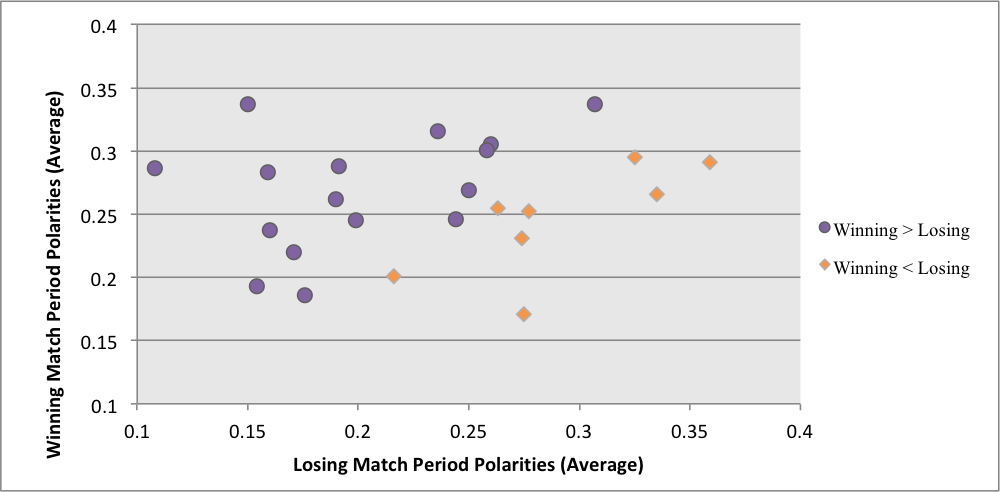Introduction
About Us
:::: {.columns .top}
::: {.col}
Wellesley College
Wellesley, Massachusetts, U.S.A.
- Sarah Yan (syan@wellesley.edu)
Graduated Spring 2019
- Peter Mawhorter (pmawhort@wellesley.edu)
Computer Science Lab Instructor
:::
::: {.col}  {style=“border-radius: 8pt; width: 370px; max-width: 1000px; margin-top: -12pt; margin-left: 6pt;”} :::
{style=“border-radius: 8pt; width: 370px; max-width: 1000px; margin-top: -12pt; margin-left: 6pt;”} :::
::::
Background
Esports
- Competitive multiplayer online games.
- Team-based competition, organized like a sport.
- Millions of viewers globally for playoff events.
- Smaller than traditional sports, but growing quickly.
- Younger audiences that engage on social media.
::: {.attribution} Sources: https://www.hotspawn.com/guides/esports-sports-how-the-two-compare/,
https://www.slideshare.net/ActivateInc/activate-tech-media-outlook-2018 (slides 87 and 90),
What is eSports and why do people watch it? (Hamari & Sjöblom 2017) :::
Overwatch
- Released in 2016 by Blizzard Entertainment
- Tens of millions of players.
- Hundreds of thousands of viewers of the Overwatch League (OWL).
- 20 teams loosely associated with cities in North America, Europe, and East Asia.
- League play has moved online during the pandemic.
::: {.attribution} Sources: Overwatch League Announcement and Overwatch League 2019 Fact Sheet from https://blizzard.gamespress.com/en/Esports-Overwatch#?tab=documents-7 :::
:::: {.columns .top}
::: {.col} - An important site of fan identity formation. - Potential for measurement of audience reception. - Site of marketing & team outreach. :::
::::
::: {.attribution} E.g.: Sport Fandom in the Digital World (Pegoraro 2012) & From Loving the Hero to Despising the Villain: Sports Fans, Facebook, and Social Identity Threats (Sanderson 2013) :::
Sentiment Analysis
- Text analysis to extract opinions.
- Often applied to Twitter data.
- Open-source libraries like the Natural Language ToolKit and TextBlob
- Focus on positive vs. negative opinion of a subject.
::: {.attribution} Sources: Opinion Mining and Sentiment Analysis (Pang & Lee 2008) Sentient Analysis of Twitter Data (Agarwal et al. 2011) :::
Research Questions
Big Questions
- What can social media tell us about synchronous fan engagement with an (e)sports event?
- How does team performance affect engagement?
- Can pre-match opinions predict match outcomes?
- Can social media reveal fan psychology?
- Can automatic analysis answer these questions?
::: {.attribution} Related work: Real‐Time Event Summarization of Esports Events Through Twitter Streams,
Real-time nonverbal opinion sharing through mobile phones during sports events (Shirazi et al. 2011),
Text Mining of Audience Opinion in eSports Events (Omella Mainieri et al. 2017) :::
Small Question
Are tweets that engage with a particular team on average more positive for the winning team in a match?
::: {.small} (Assumption: more tweets will come from fans of the team than from their adversaries.) :::
::: {.attribution} (Berntsen (chapter 9) in Flashbulb Memories: New Challenges and Future Perspectives, 2017) :::
Methodology Question
Are easy-to-use open-source libraries sufficient for analyzing Twitter sentiment?
::: {.small} (We used TextBlob which is built on top of NLTK along with Tweepy.) :::
Approach
Data Collection
- Twitter API search feature (via Tweepy).
- Looked for team mentions and hash tags.
- Filtered out some terms to exclude unrelated tweets.
- Collected results before, during, and shortly after matches (12 hours following the start of a match).
- Across 25 matches: average of 36 tweets pre-match and 276 in the match period (per team).
- High variance: 0-201 tweets pre-match and 26-754 in the match period.
Analysis
- Extracted tweet text, ignoring emoticons.
- Used TextBlob’s built-in sentiment analysis directly.
- Part-of-speech tagging plus a lexicon of per-word sentiments.
- Each tweet gets a polarity score between -1 and +1.
::: {.tiny} Tweet Polarity —— ——— @BostonUprising it was hard fought but I know you will keep improving and surprising everyone. 0.204166667 @Closer @SFShock Nah. Y’all did good https://t.co/YDeoVeGHAp 0.7 @Crimzo @SFShock You guys popped off 0 This game is kind of sad. Numbani sucks to attack on anyway, rip Outlaws. -0.15 @Outlaws Hey outlaws, a tip of advice. Fire that sorry sack of crap you call a coach. Sincerely, a former fan -0.433333333 I BELIEVED. I BELIEVED THEY CAN WIN WAHOOOOOOOO https://t.co/aGChgT4Kex 0.8 watching seoul dynasty is such a rollercoaster of emotions #TigerNation https://t.co/g9MRqJ0pWd 0 :::
Analysis
- Used only match-period data (ignored pre-match).
- Each game has winning and losing sides.
- Average polarities separately across mentions of the winning team and the losing team.
- We expected higher average polarity for the winning side in each match than for the losing side.
Results & Discussion
p = 0.158
[We did not find a significant difference between the average polarity of tweets that engaged with winning teams vs. losing teams.]{.fragment}


Why?
- Our hypothesis could be misguided
(e.g., flaming the winner).
- Maybe we just need more data?
- Do we need to refine our methods?
What should we expect?
- Who do we expect to express positive sentiment?
- When do we expect positive sentiment?
- What about negative sentiment?
- More nuanced theories of fan engagement would be helpful here.
How much data do we need?
- 250 tweets per match is not a lot.
- Inaccuracies in sentiment tagging or tweet filtering should be susceptible to the law of large numbers.
- As we collected more data, the p-value for our hypothesized relationship did shrink.
Are our results accurate?
- Sentiment is highly contextual
(e.g., a disappointed fan vs. a taunt from a fan of the opposing team).
- Twitter data is complex (Should we include emoticons? What about sarcasm?)
- Fan communities use idiosyncratic language.
How should we analyze the data?
- Different choices for filtering or data collection
- More complicated sentiment analysis techniques
- Why haven’t they become the default?
Takeaways & Future Work
Next Steps
- Gather more data.
- Current infrastructure + other audiences?
- More details (fan identity?)
- Explore sentiment analysis methods.
- Test more hypotheses.
Takeaways
- Fan engagement is complicated.
- Demands nuanced data.
- Understanding smaller communities likely requires a qualitative approach.
- Sentiment analysis is not straightforward.
- A one-size-fits-all approach might not be adequate.
 {style=“border-radius: 8pt; width: 370px; max-width: 1000px; margin-top: -12pt; margin-left: 6pt;”} :::
{style=“border-radius: 8pt; width: 370px; max-width: 1000px; margin-top: -12pt; margin-left: 6pt;”} ::: {style=“border-radius: 8pt; width: 370px; max-width: 1000px; margin-top: -12pt; margin-left: 6pt;”} :::
{style=“border-radius: 8pt; width: 370px; max-width: 1000px; margin-top: -12pt; margin-left: 6pt;”} :::
